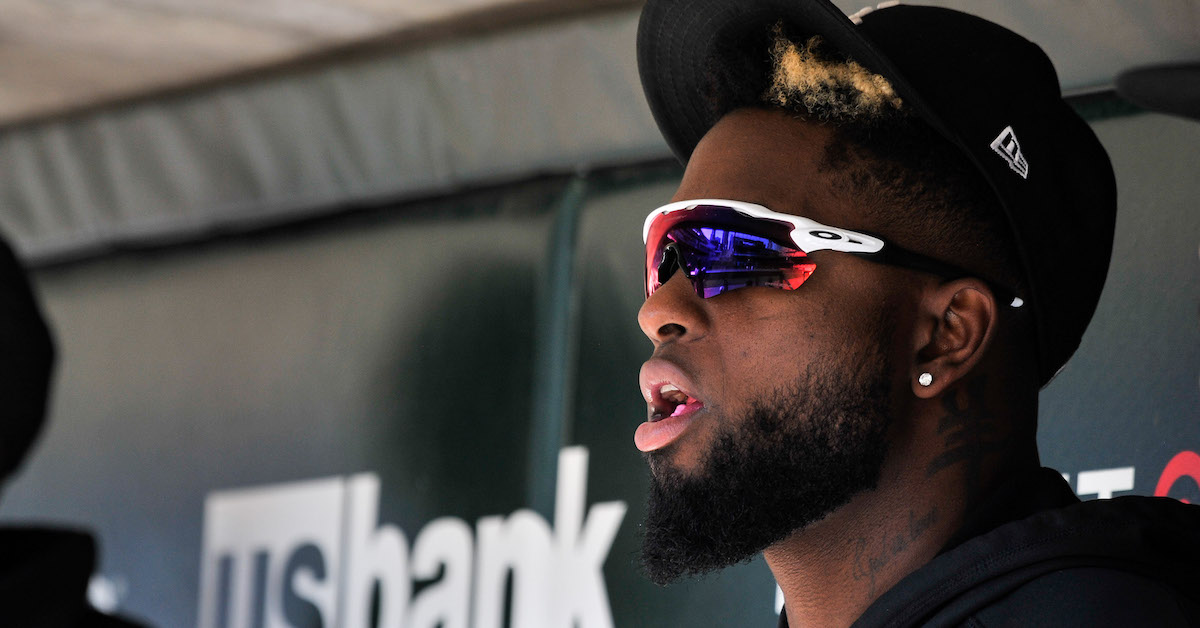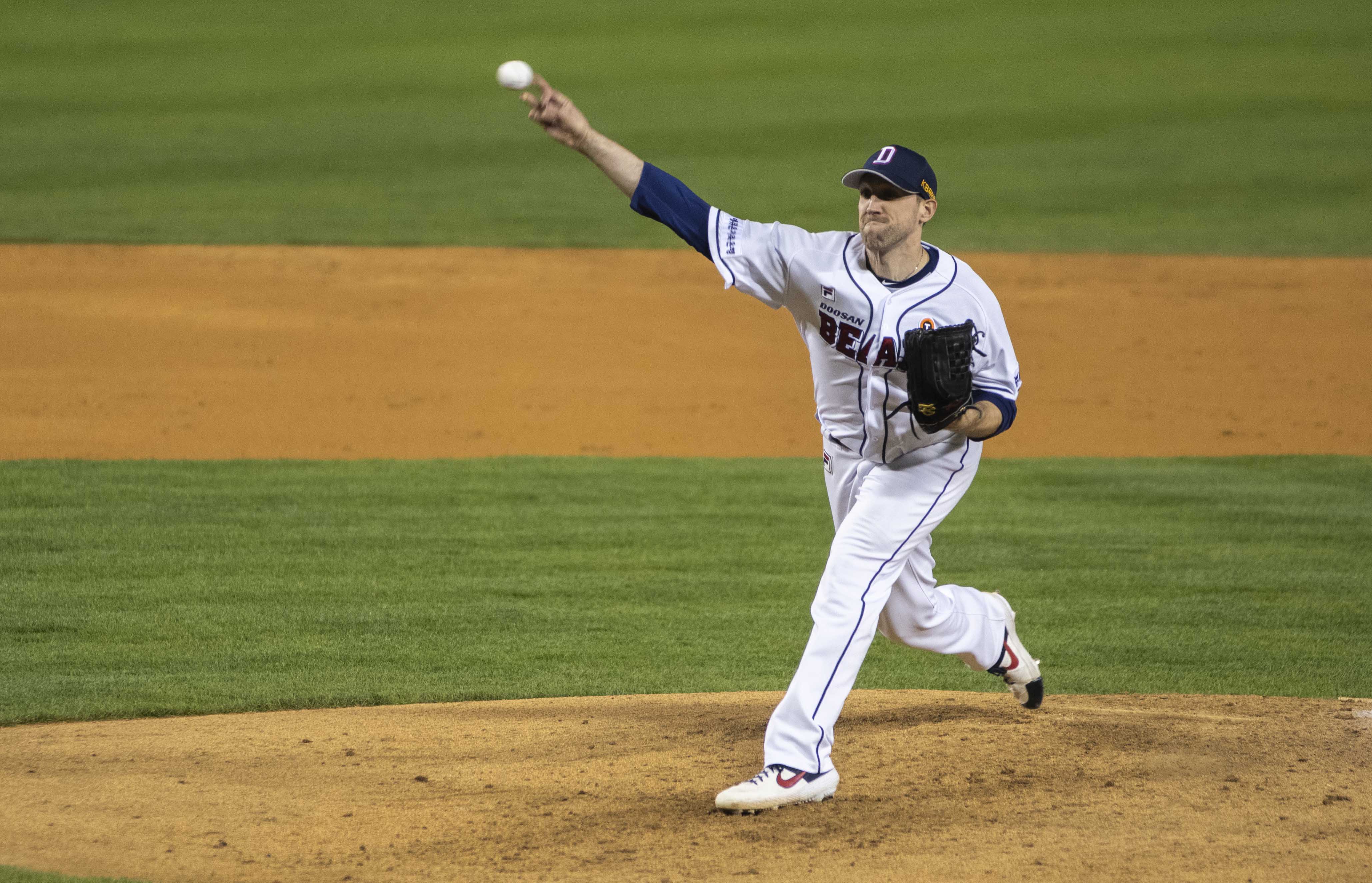Cuba’s WBC Roster Is Fit for a Confusing Time

Rooting for Team USA in international sports can be a little… touchy. America’s great rivals vary from sport to sport and come from every corner of the globe. Ours is a nation of vast influence and combative people, so adversaries pop up everywhere. (At one point, the U.S. women’s national soccer team had a vicious rivalry with Norway. Norway! You must really want a fight if you have beef with Norway.)
But our most intense rivalries were forged in the Cold War, when American politicians and media painted Communist nations as an unknowable other against whom we were pitted in a battle for survival. Before glasnost, the internet, and the professionalization of Olympic sports, teams from Communist countries were so mysterious they could only be feared. We did not see Soviet stars in the NBA or NHL as we do now, nor Cuban baseball players and boxers in western competition. We only encountered them as they appeared every four years to pit their mettle against that of American college athletes at the Olympics. That’s how the Miracle on Ice became such a definitive part of American mythology; rare is the scenario in which an American team — much less an American men’s team in a relatively popular sport — can credibly claim to have faced and overcome an insurmountable opponent. But what the Soviets were to hockey, Cuba was to baseball.
That history makes Wednesday something of a momentous occasion. That night, Cuba’s 30-man roster for the upcoming World Baseball Classic was announced. And for the first time in the modern history of international baseball, Team Cuba will include major league players. The three biggest names on the list are White Sox teammates Yoán Moncada and Luis Robert Jr. Also along for the ride: Yoenis Cespedes, three players from the affiliated American minor leagues, and two more from NPB. Read the rest of this entry »


